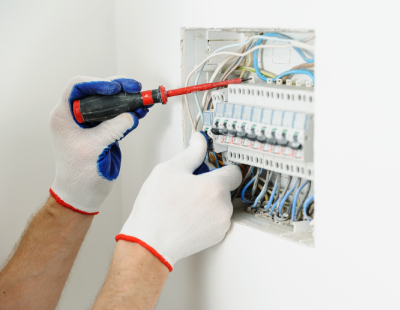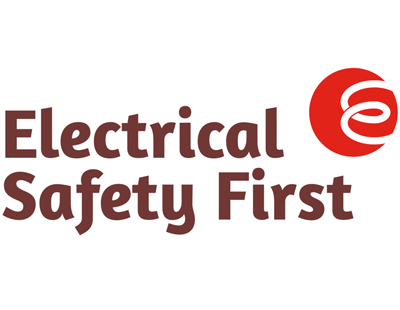
New ‘Home Safety Guidance’ has been released by the Electrical Safety Roundtable (ESR) to help landlords meet their obligations and ensure that tenants’ lives are not put in danger due to unsafe accommodation.
When electrical wires were recently found exposed in a private rental property in Luton, the local authority decided to investigate further and found that the house’s electricity meter had been tampered with and fire detection systems were not in place.
Alyas Hussain, who owns the property, was handed a record £70,000, which should send a clear message to other rogue landlords who avoid the law that local councils will pursue anybody who lets substandard accommodation.
Chris Bielby, chair of the Electrical Safety Roundtable, said: “It is shocking to see the total disregard for safety that this landlord has shown towards his tenants. We are pleased that the magistrates have sent a clear message to landlords that they simply cannot leave their properties in such an unsafe state.”
To help landlords ‘stay on the right side of the law’, fresh guidance has been produced, designed to help keep their tenants out of danger.
“Ignorance cannot be used as an excuse for leaving homes in a substandard condition,” Bielby added.
A number of documents are available for download on the ESR and Home Safety Guidance websites to make landlords aware of their responsibilities, and to help them to prove that their properties are being adequately maintained.
These include a Home Safety Certificate, designed to provide an overview of the safety of a property, and a list of the current legal responsibilities in the Private Rented Sector in England, Scotland and Wales.
The site also provides a Routine Visual and Operational Electrical Checklist. This does not replace an Electrical Installation Condition Report, which industry suggest is carried out at least every five years by someone competent in undertaking such work, but it does allow an annual visual check of the electrical installation to be recorded.
You can also find guidance on the website on how to complete such documents, to ensure that even landlords without electrical training can spot potentially hazardous faults or damage.
Find the latest documentation from the Electrical Safety Roundtable by clicking here.
Want to comment on this story? Our focus is on providing a platform for you to share your insights and views and we welcome contributions.
If any post is considered to victimise, harass, degrade or intimidate an individual or group of individuals, then the post may be deleted and the individual immediately banned from posting in future.
Please help us by reporting comments you consider to be unduly offensive so we can review and take action if necessary. Thank you.















.png)






Join the conversation
Be the first to comment (please use the comment box below)
Please login to comment